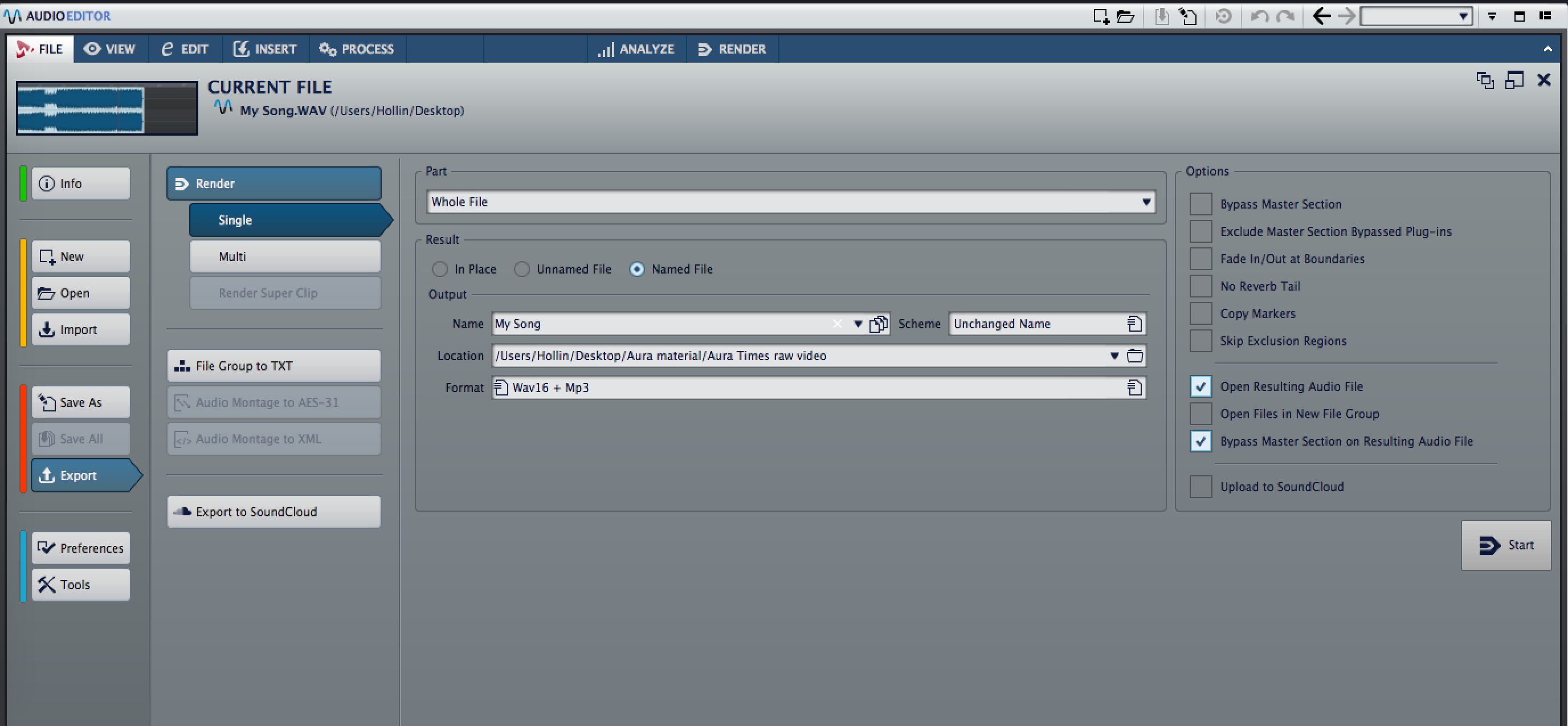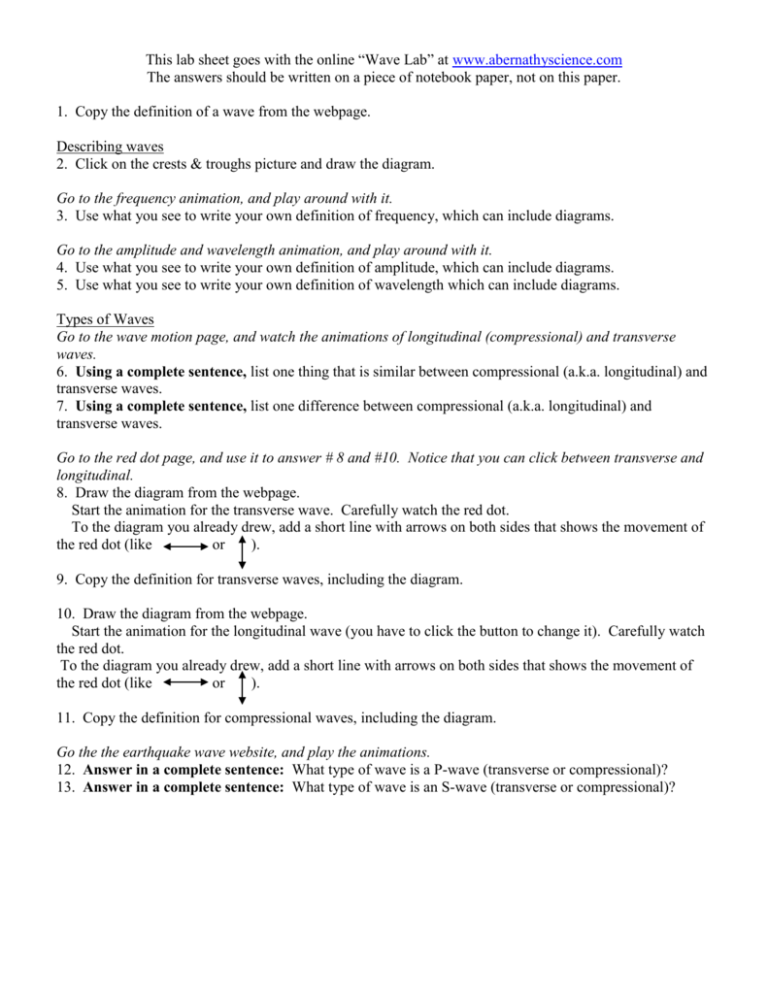

Students have an option to retake if they come in and complete test corrections.Assembling and recording Clips in the new Audio Montage window is a breeze. I go over the major errors made as a class that I noticed and discuss what the correct answers are so students can learn from those.

The next class period I hand the tests back to students to look over. Students must use multiple areas of thinking to complete this section including in engaging in argument from evidence (SP7) and using pictorial models to identify wave characteristics (SP2). These questions range from identifying types and parts of waves to rank them to explaining with evidence whether light could be a wave or a particle (SP7). The last section of the test focuses on matching and short answer questions that require students to use their qualitative knowledge about the different concepts including parts of a wave, wave phenomena and periodic motion. This section of the test requires students to use models that we developed in class (SP2) as well as computational thinking (SP5) in order to solve problems. The videos include: a fire truck exhibiting the Doppler effect, Miss Congeniality exhibits resonance, and constructive and destructive interference with a Slinky.Īnother section of the test focuses on the quantitative aspect of the unit where students use the wave equations and relationships between frequency & period and frequency & wavelength to solve problems. This section of the test focuses on explaining their reasoning (SP7) after identifying the correct characteristic. Students not only need to know and understand the characteristics but they also have to be able to match it to a real-life event as well as explain their answers. They must identify which characteristic is exhibited in each video. One part of the test includes students using what they know about the different wave characteristics or phenomena to analyze what they see and/or hear in a video. Additionally students explain their reasoning for a solution (SP6) and support their ideas with evidence (SP7). These include using the wave equation model we developed (SP2) to solve problems using computational thinking (SP5). Students use many different skills to show that they learned about waves. Students use what they learned throughout the unit about using the wave equation (HS-PS4-1), wave particle duality (HS-PS4-3), periodic motion and other wave phenomena.

The goal of this lesson is to see what students have learned about different types of waves.


 0 kommentar(er)
0 kommentar(er)
